Freeze Your Body, Live Forever (or Die Trying)
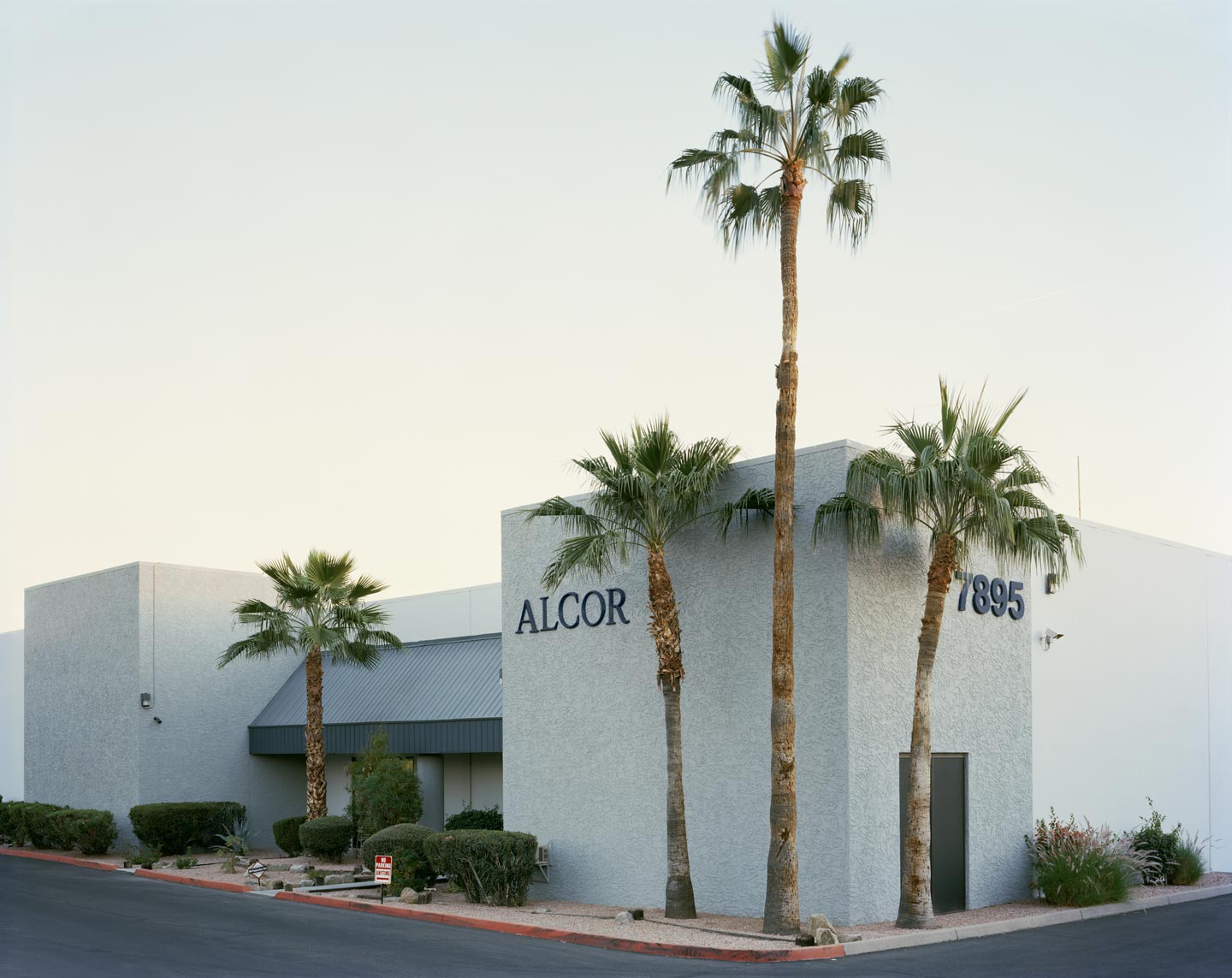
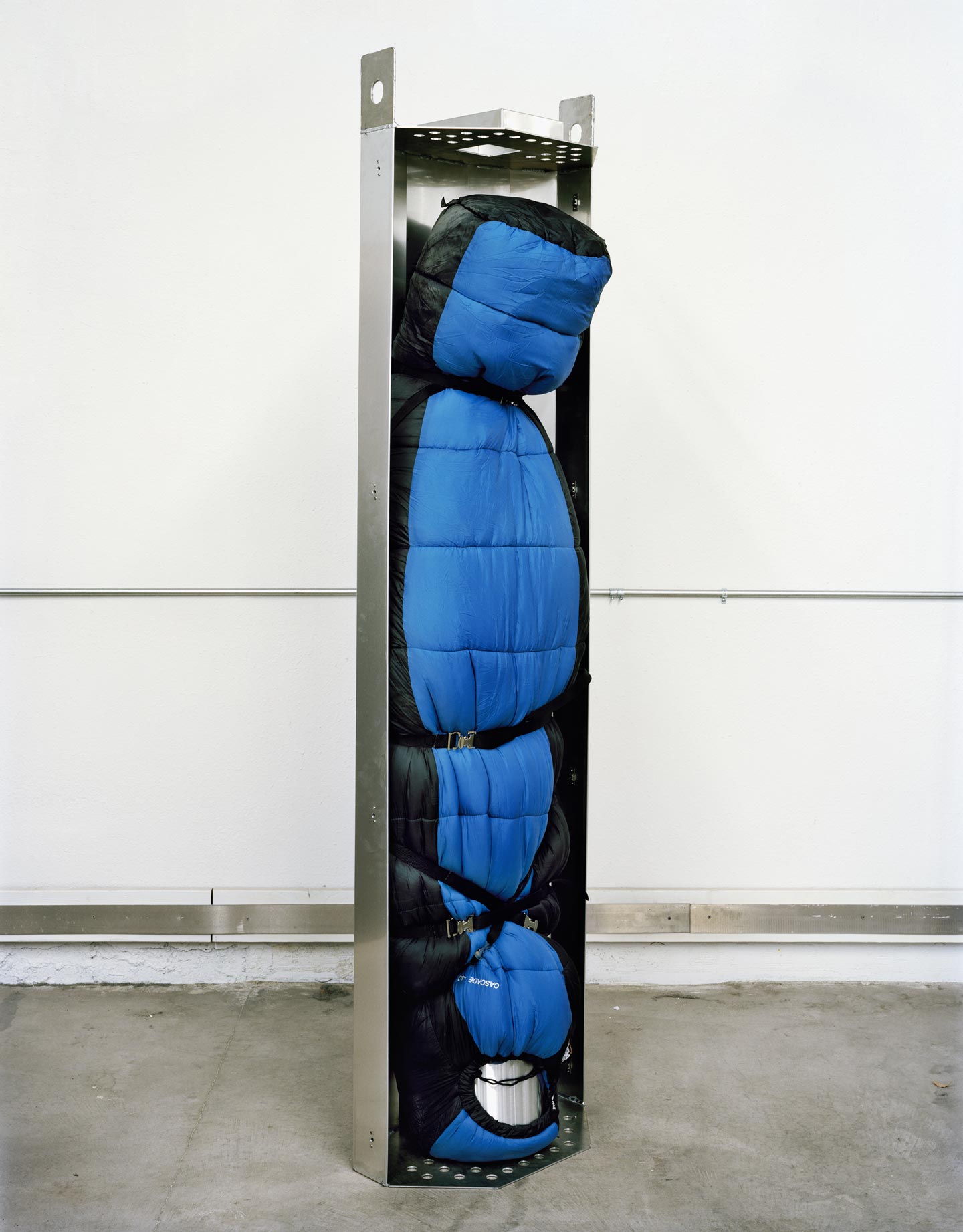
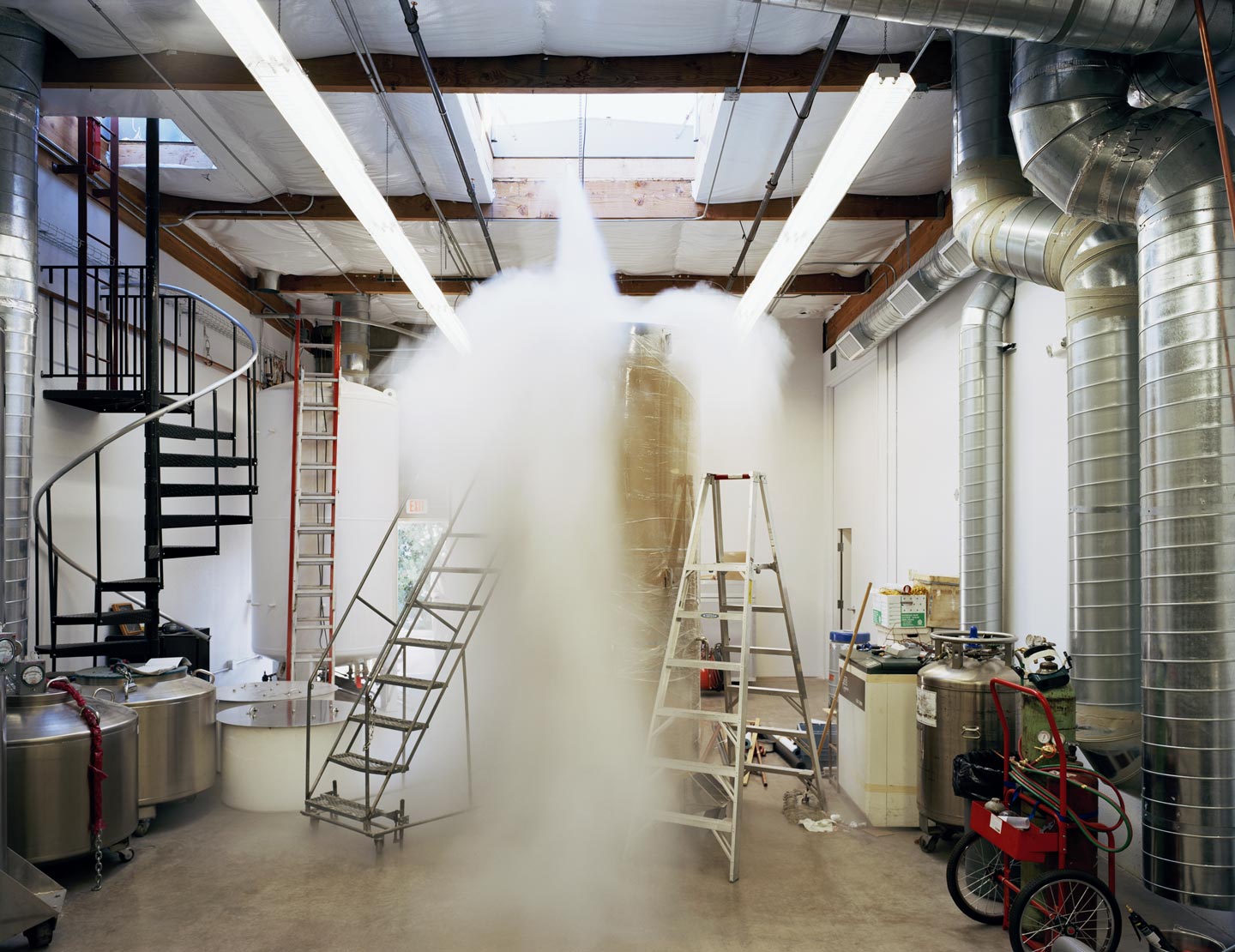
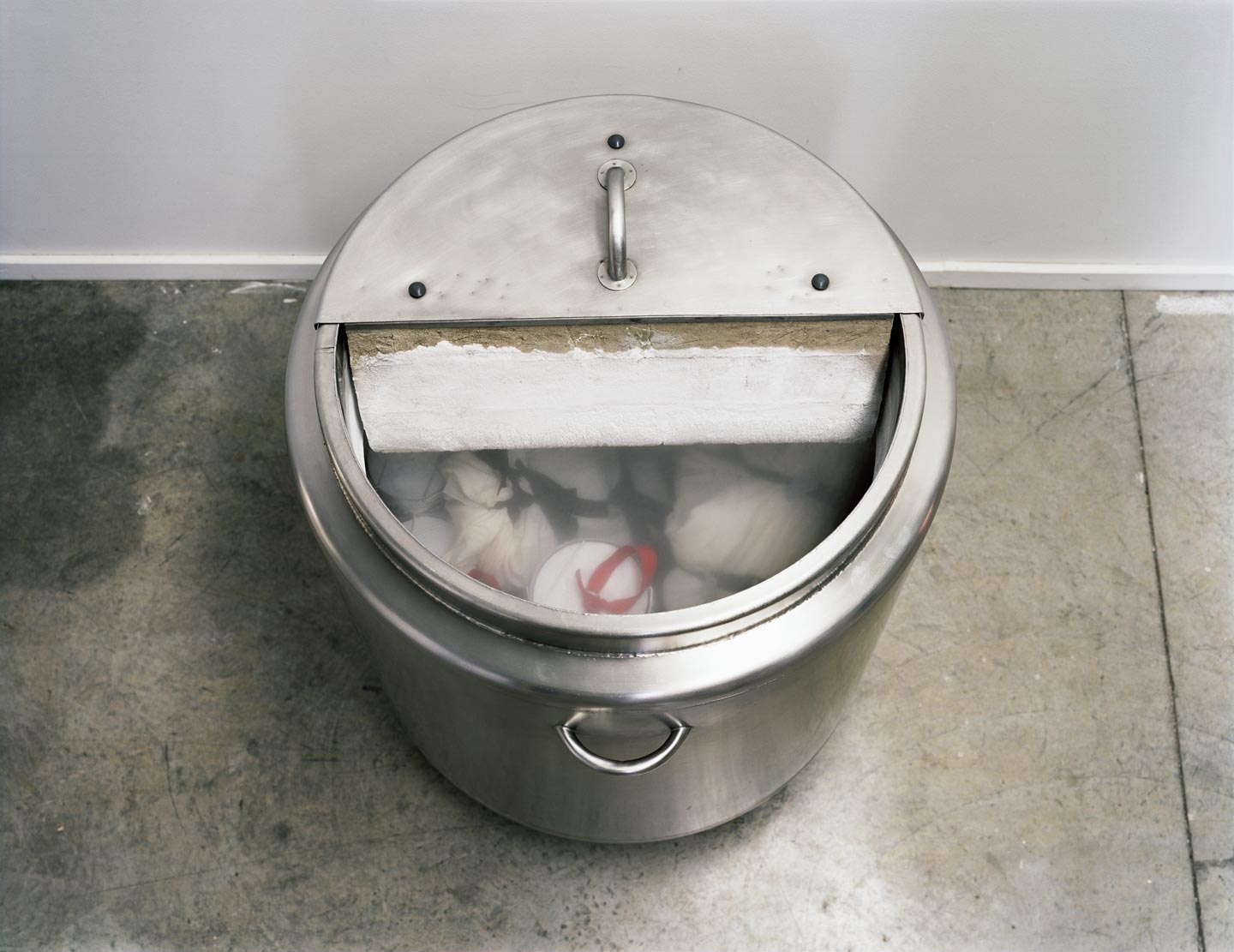
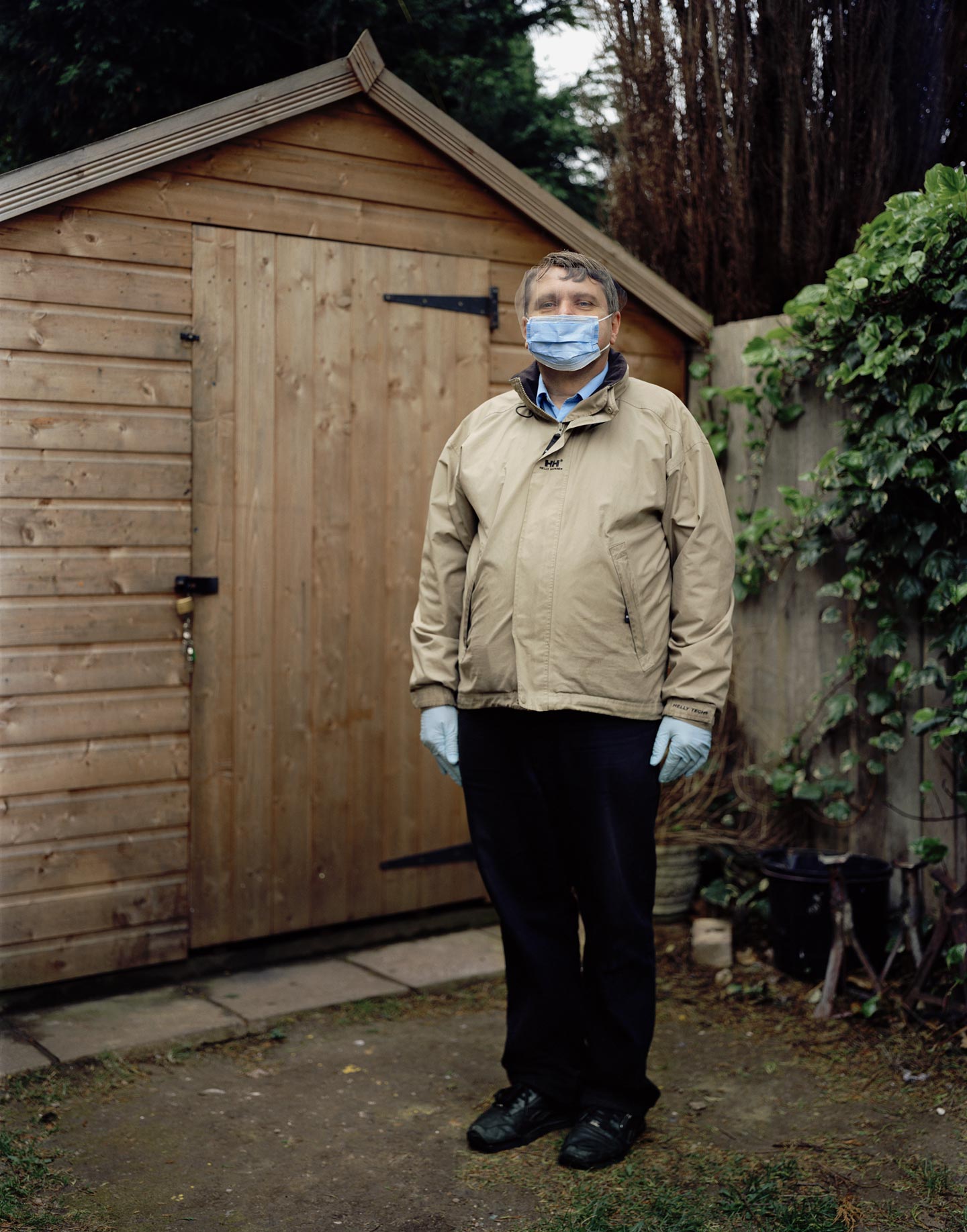
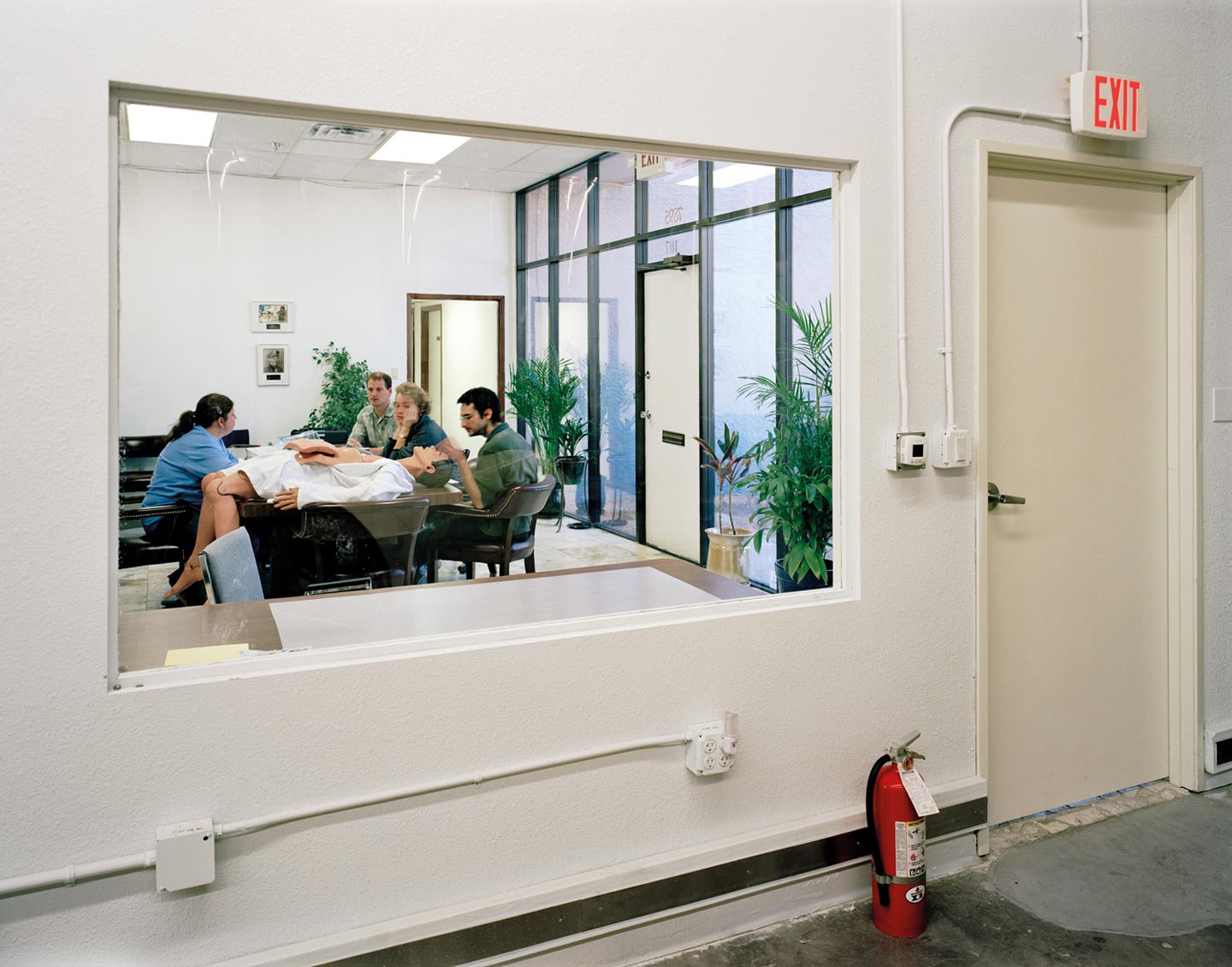
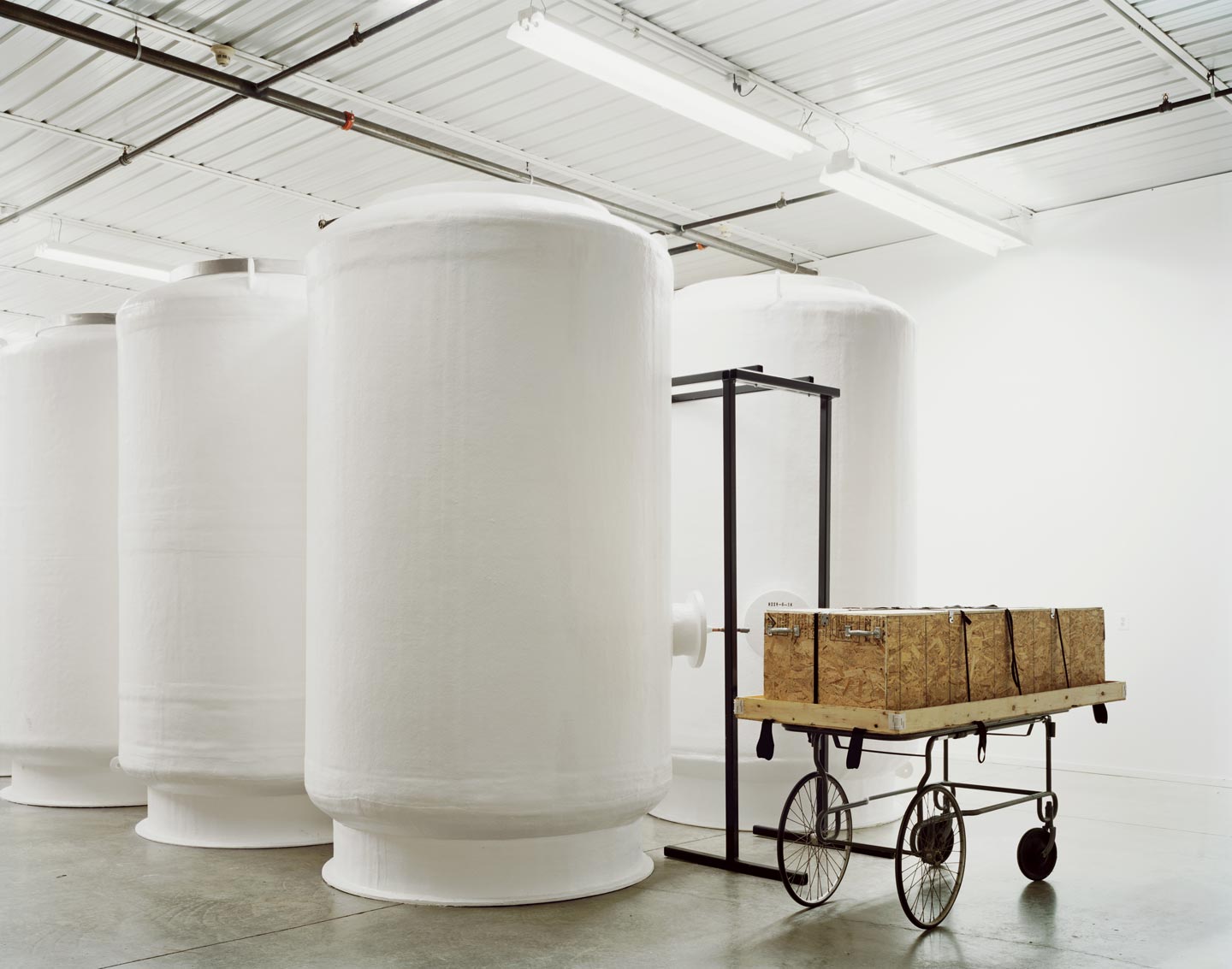
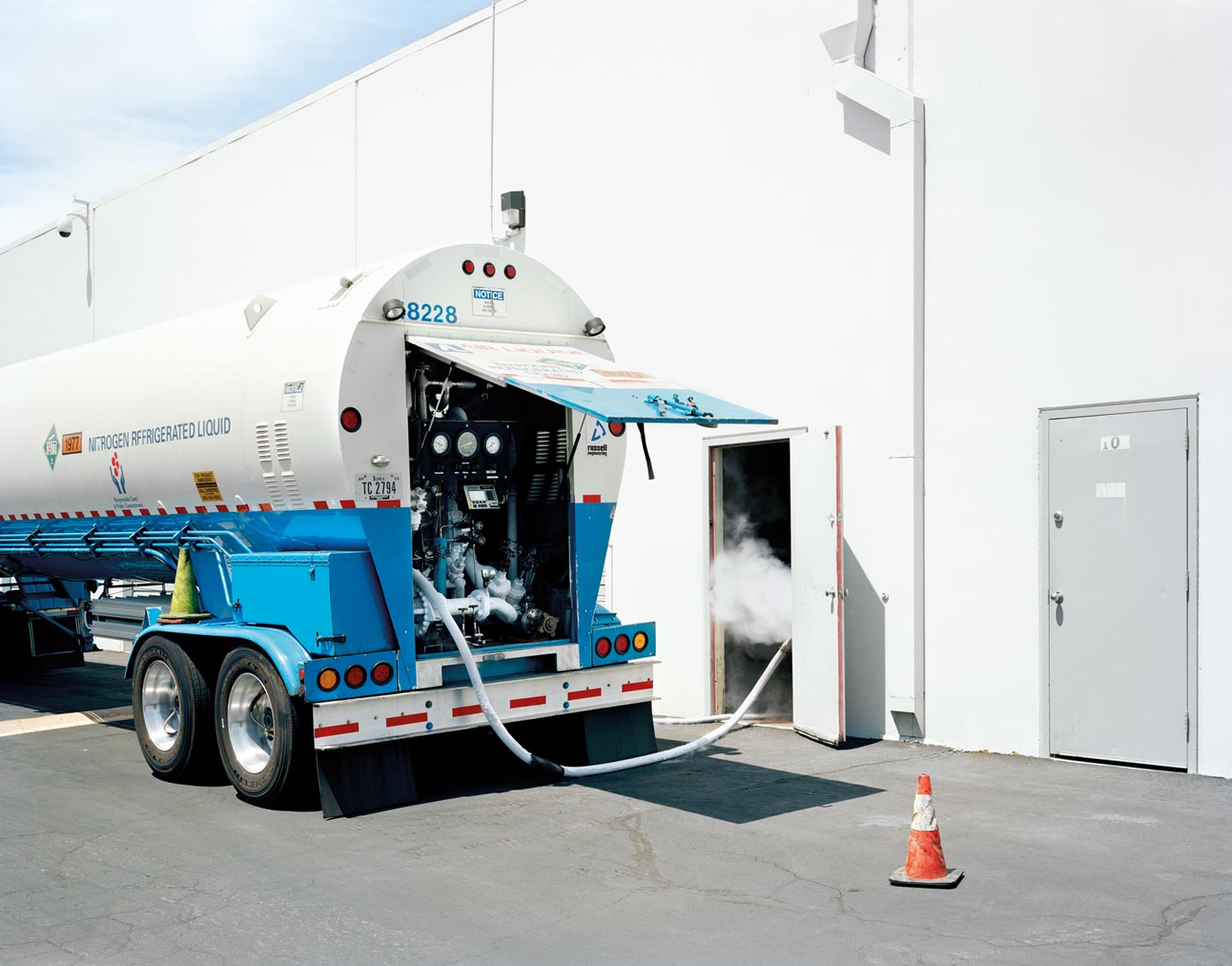
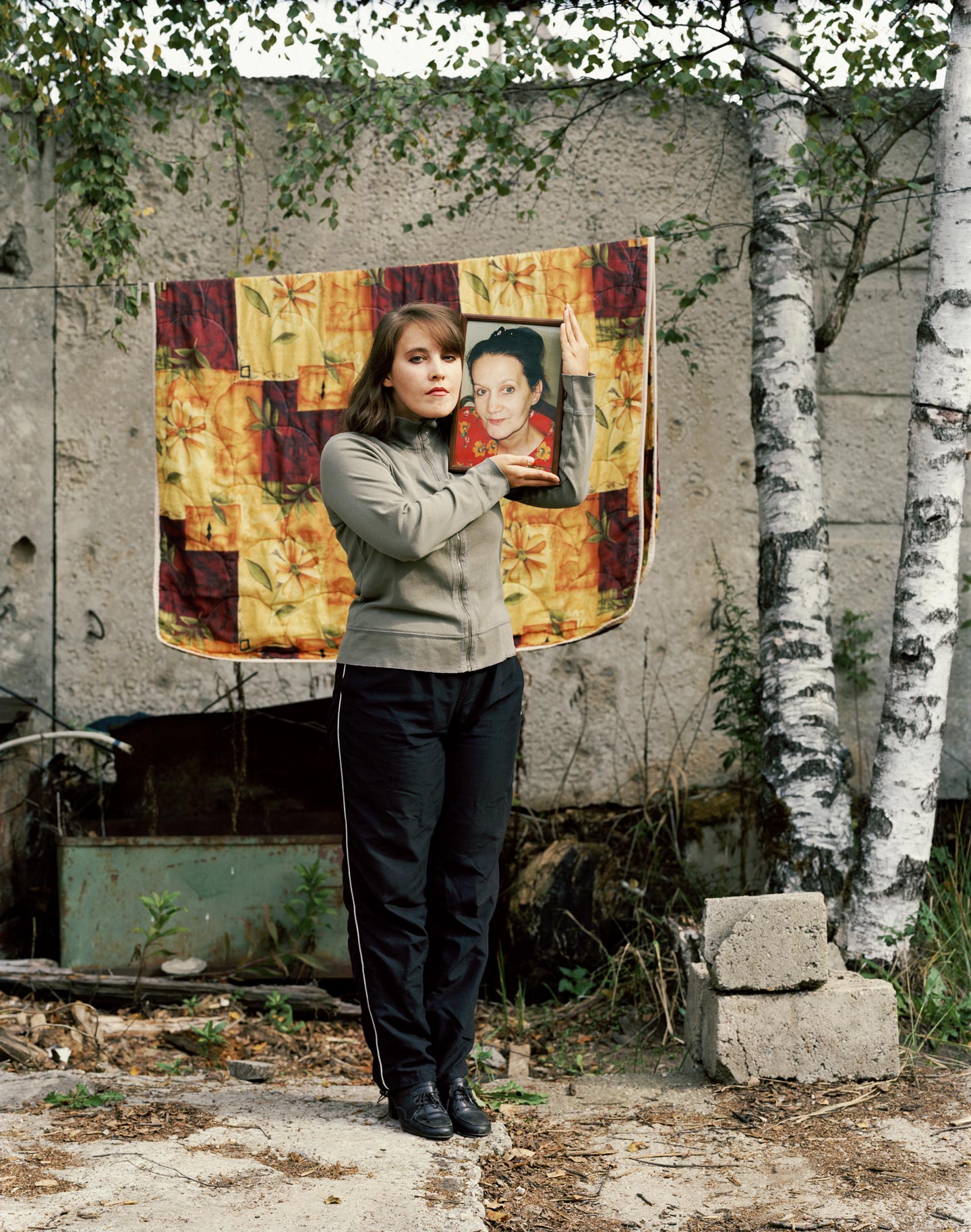
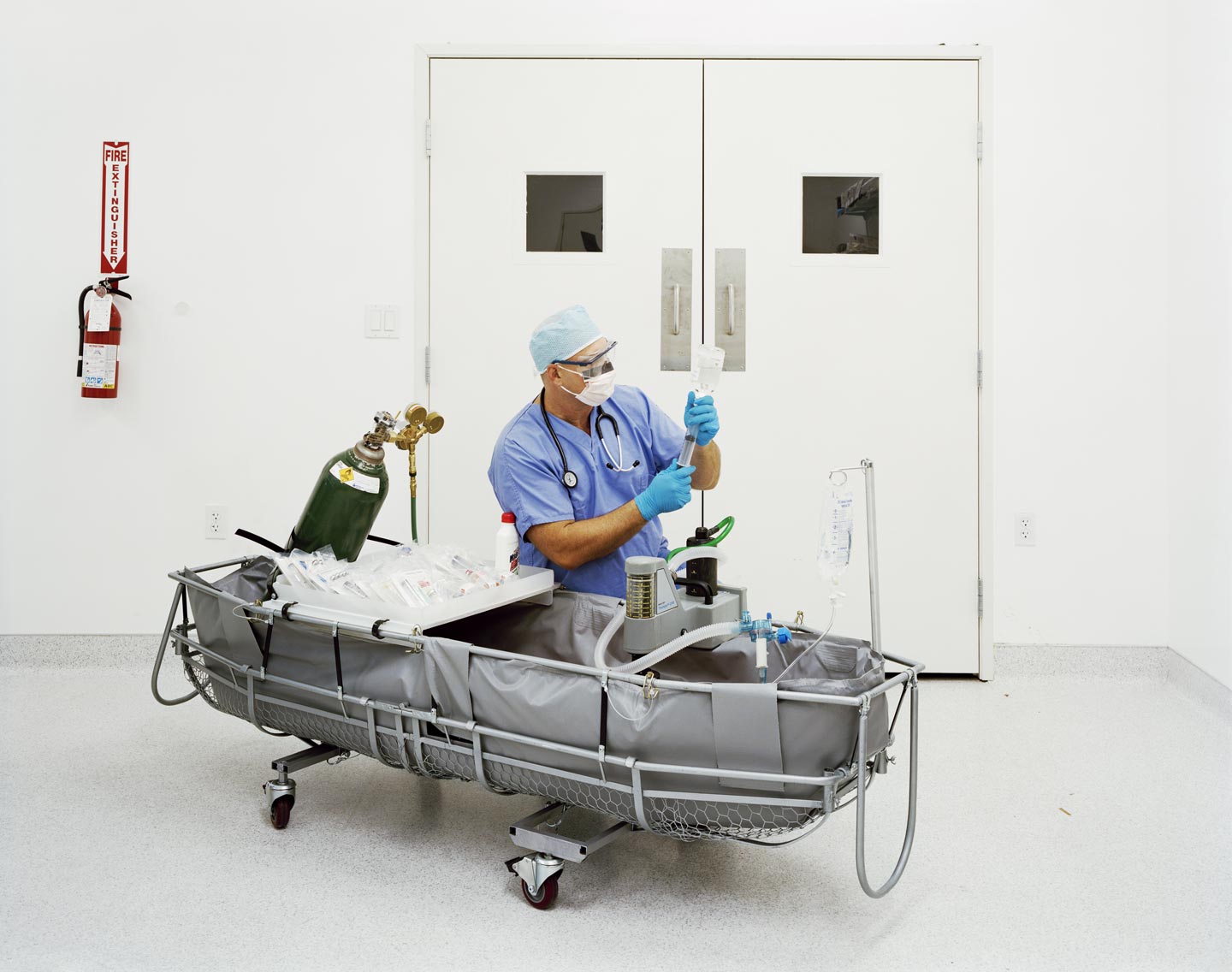
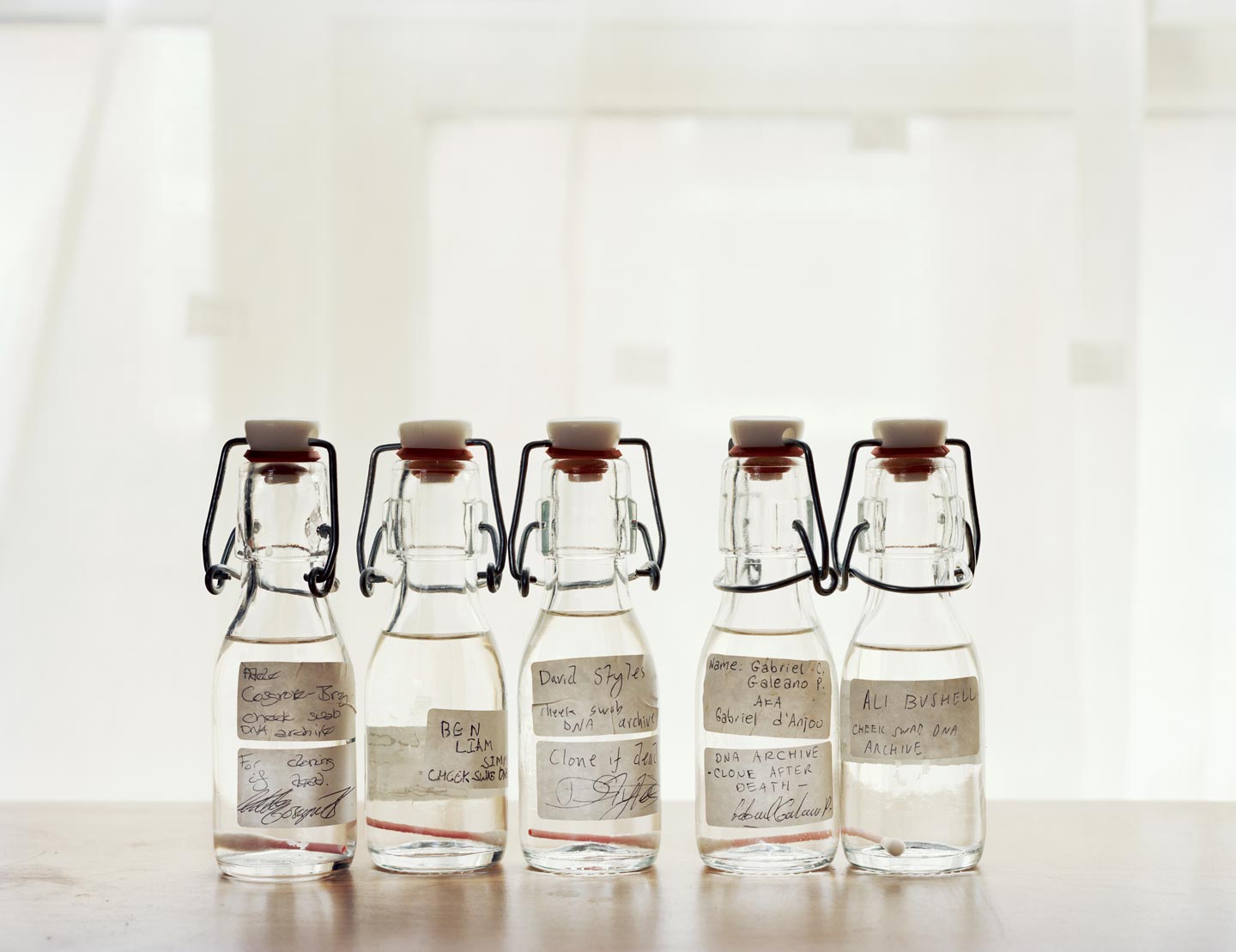
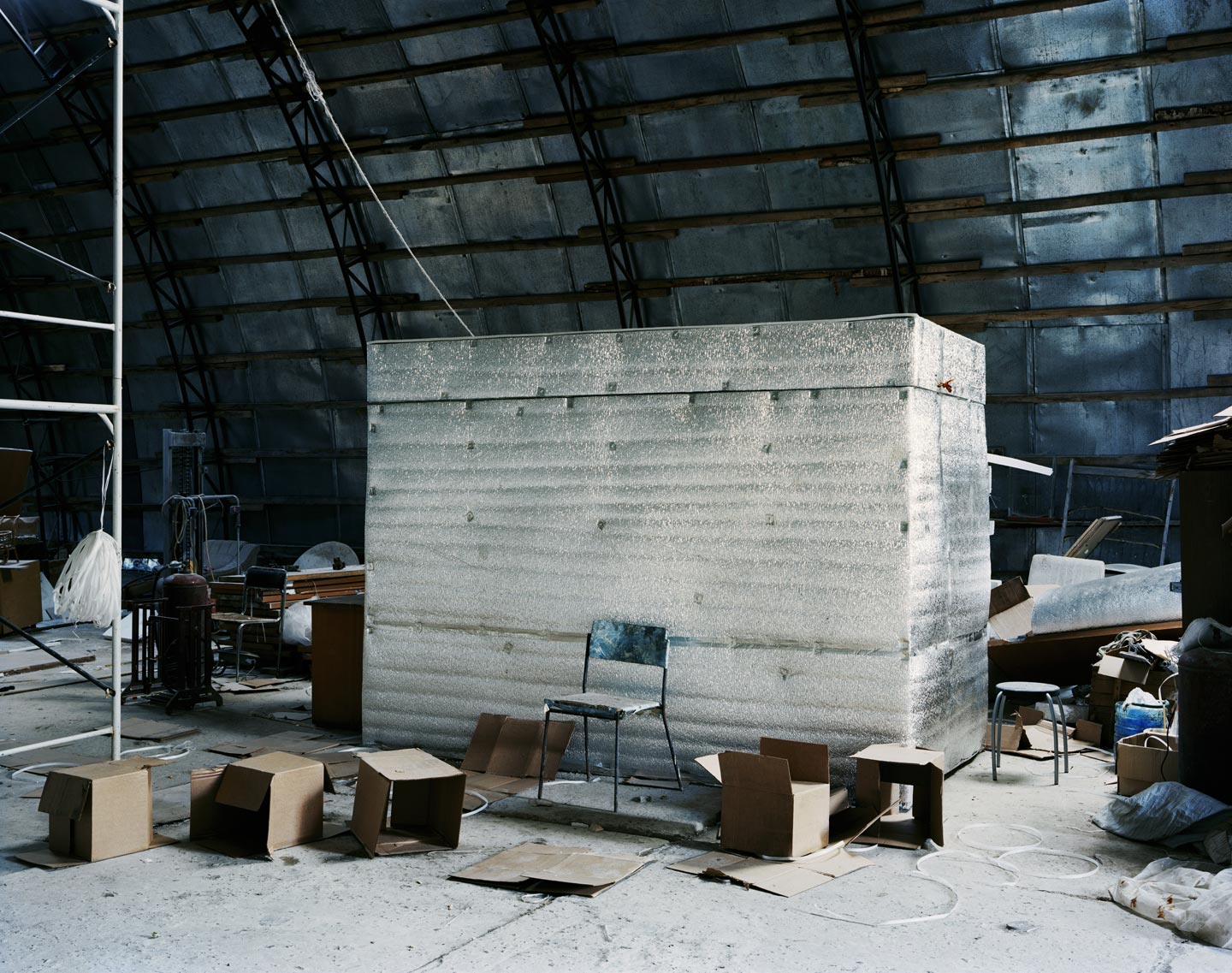
32 year old British photographer Murray Ballard discusses The Prospect of Immortality, a long-term documentary project that looks at a minor but astounding practice: that of having one’s body frozen in liquid nitrogen soon after dying, in the hopes that the science of the future will be able to bring it back to life.
The Prospect of Immortality is available as a photobook recently published by GOST – buy your copy here.
Hello Murray, thank you for this interview. What are your main interests as a photographer?
I’m interested in science and technology, but it’s often a hard subject to photograph with a conventional camera – these days a lot of scientific breakthroughs are happening at a microscopic level. I know it’s an overused term, but more and more, I realize what I’m really interested in is the human condition.
What is the cryonics movement, which is the focus of your new photobook The Prospect of Immortality?
Cryonics is the practice of preserving a dead person, or animal, at extremely low temperatures and waiting for a point in the future when technology is capable of bringing them back to life.
How does cryo-preservation work? And at what stage is science today about the possibility of resuscitating a frozen body?
It’s complicated, but briefly, in an ideal situation a ‘standby team’ will be waiting by a patient’s bedside for the moment they are declared legally dead. As soon as possible the patient is placed in a bath of ice water and injected with stabilisation medications. Then cardiopulmonary support is introduced to maintain artificial breathing and blood circulation. The patient is then transported to a cryonics facility and vitrified. This is the process of injecting them with cryoprotectants (human antifreeze), which helps to minimise cellular damage. The patient is then gradually cooled down to -196°C and suspended permanently in liquid nitrogen.
At the moment nobody has been revived from cryopreservation. Cryonicists point to the field of molecular nanotechnology to reverse the damage done by freezing. As to when this might be possible, I’ve heard estimates ranging from 50 to 1000 years.
What compelled you to start working on this project back in 2006?
I was actually doing a project around the theme of preservation. I wrote down a list of subjects to photograph, which included: Egyptian mummies, taxidermy, embalming, museum archives, seed banks, libraries and cryogenic preservation. I started the project by visiting the Booth Museum of Natural History to photograph a taxidermist and his work. The shoot went ok, but I wasn’t that excited about the pictures – I knew the subject had been well photographed before. A few days later I was leafing through The Guardian newspaper and I came across an article with the headline “Freezer failure ends couple’s hopes of life after death.” It told the story of a French family who had conducted their own cryonics experiment in the crypt of their château. As the headline stated, their experiment had come to an end, but the article also mentioned there was a place in the USA that offered a more professional form of cryopreservation. I immediately wanted to jump on a plane and see this place for myself.
Your investigation spanned from visits to a few cryonics organisations around the world, to personal stories like that of scientist Raymond Martinot, who froze his wife’s body and whose body was frozen as well. Can you talk a bit about your approach to the work?
It really developed through serendipity, with one thing leading to the next. I started by photographing the cryonics community in the UK and then, when I got funding, I travelled to the facilities in America and later Russia. Along the way I started meeting people and hearing their stories. When something, or someone, intrigued me, I followed up on it. I made repeated visits to the main facilities, which were funded through assignments. Then, when I started working on the book, I found some additional things that would be good to include, so I made a couple more trips.
For The Prospect of Immortality you’ve also met and photographed people who have signed up to have their bodies frozen at their death. How did they explain this choice?
Most cryonicists explain that it is the only logical thing to do, if you want to extend your life beyond what contemporary medicine can offer. Even if you think it’s unlikely cryonics will work, it’s difficult to argue against the notion that you stand a better chance of achieving some form of life extension if you’re cryopreserved, rather than buried or cremated.
What impresses you more strongly about cryonics, either positively or negatively?
What I like about cryonics is that it gives us a vehicle to consider questions about the future. There’s no doubt humanity will continue to further its understanding of how biological processes work and develop more advanced technology. It’s difficult to predict where we’ll be in 50 years, let alone 100 or 200 years time. I’ve read that a growing number of scientists believe that one day we’ll be able to prevent ageing. If that happens, we’ll be living in a very different world.
There’s an incredible optimism in signing up to cryonics, which I admire. I also think it’s quite a brave thing to do, putting your body in the hands of future generations, and, if it works, you’ll probably ‘wake up’ in a very unfamiliar world.
Did you have any specific references or sources of inspiration in mind while working on The Prospect of Immortality?
Looking back I think I was largely led by the subject matter. Photographically, my early work was inspired by Jeff Wall and Gregory Crewdson, but in 2004, whilst I was studying at the University of Brighton, I saw Alec Soth’s exhibition, Sleeping by the Mississippi, at Open Eye Gallery in Liverpool. I think that marked a real turning point for me. I started looking at documentary photography. Around that time Adam Broomberg and Oliver Chanarin published their book Ghetto, which was a major influence, along with Satellites by Jonas Bendiksen. Mark Power was my final year tutor at University and I went on to assist him, his influence is impossible to quantify.
What have been the main influences on your photography?
When I was around 14 or 15 a friend of mine introduced me to all the great science fiction movies like Blade Runner, Metropolis, 2001: A Space Odyssey and Alien. Those films were really my first ‘cultural experiences’ (for want of better words) and it’s only now I realize they’re probably one of the main reasons why I find a subject like cryonics so fascinating.
The first artist I got really excited by was Eduardo Paolozzi. I remember my art teacher at school showing me a book of his work for the first time. I still look at his work regularly. It embodies my interest in humanity’s relationship with technology.
Who are some of your favorite contemporary photographers?
It’s funny you asked about my favorite contemporary photographers: recently I’ve been looking back at works by mid-twentieth century photographers, particularly Walker Evans. The other day I went to see the Paul Strand exhibition at the V&A in London. I’d never really studied his work before, it’s only now I see how much Strand influenced the next generation of photographers, like Chris Killip, who’s work I really admire. And then yesterday I listened to a great podcast with Robert Adams, which led me to revisit his work.
In terms of contemporary photographers, I saw the exhibition, Eurasia by Taiyo Onorato and Nico Krebs, at Fotomuseum Winterthur, earlier this year, which prompted me to buy their book, The Great Unreal. I think that’s a really great body of work.
Choose your #threewordsforphotography.
Still. Silent. Fragmentary.
Keep looking...

FotoCal — Photography Awards, Grants and Open Calls Closing in July 2019
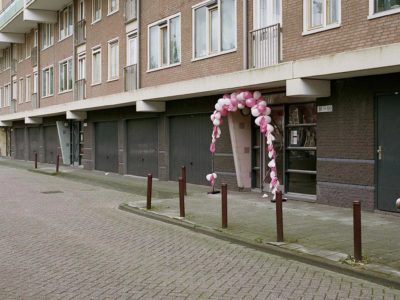
Afterparty — Jussi Puikkonen Photographs Party Venues After the Parties Have Ended
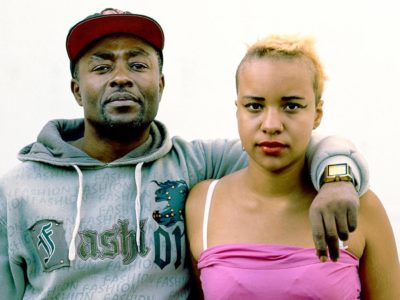
Inzajeano Latif Has Been Taking Portraits of the People of Tottenham For Over Ten Years
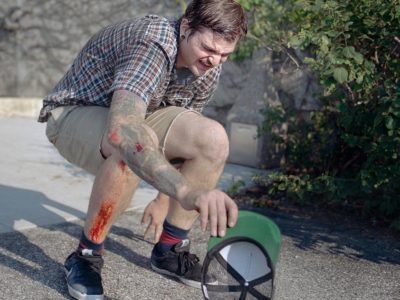
FotoFirst — Gender Shifts Are Terrifying American Straight White Men, Shawn Bush’s Photos Say
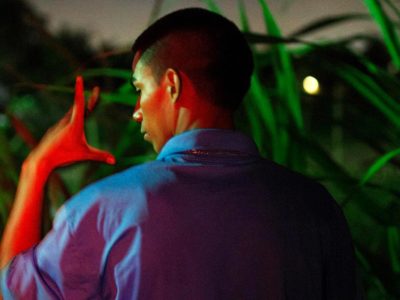
FotoFirst — Federico Vespignani Follows a Youth Gang of One of the World’s Most Violent Cities
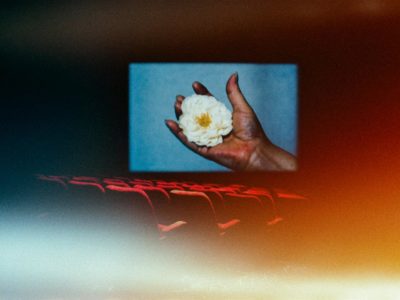
Atsushi Momoi Uses His Computer’s Screensaver to Visualize How Memory Works
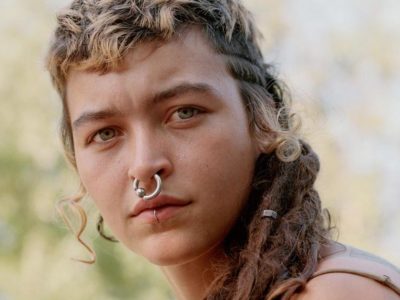
Sem Langendijk Documents The Squatters That Established Their Community in Amsterdam’s Docklands




